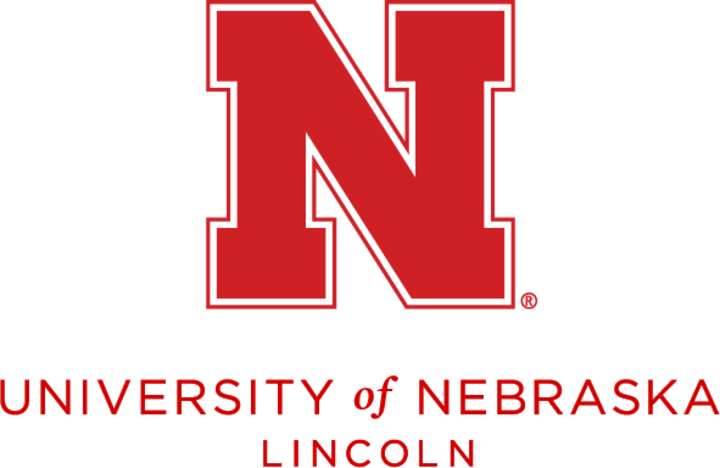
Before FMX
The University of Nebraska is the largest public higher education institution in the midwestern state. It enrolls 24,000 students across its public university system.
The college relied on a CMMS to manage needs across many departments. While the system worked for work order ticketing, employees in facilities, hospitality, campus rec, student unions, and athletics found it challenging to use to the fullest.
The platform lacked configurability, made communication slow and manual, and saw low team adoption. Without robust reporting tools or asset tracking capabilities, departments had to manually complete day-to-day activities and long-term planning, making the university’s data unreliable and difficult to access.
As a result, the University of Nebraska decided it was time to find another vendor.
“Having a system that was intuitive was big for us. We wanted a solution that folks weren’t scared of, and one they could train one another on,” said Patrick Edwards, Senior Associate Director – Auxiliary Capital Planning.
FMX offered departments an easy-to-use, centralized solution to help them accomplish daily tasks while providing planning capabilities and robust data reporting.
Student experience improvements
Following implementation, employees noticed huge efficiency gains in FMX’s centralized communication abilities. This has allowed the university to update students about work requests and keep departments across campus in concert.
“With the way things were set up in the old system, there were just so many opportunities for communication to fail,” explained Student Life Interior Designer Lenora Allen. “Since we’ve been in FMX, those issues aren’t there. We’ve had a 100% improvement. It’s been great.”
That has been critical for improving the student experience—a mission of the university regardless of department. Employees worked with FMX to create a custom field for work orders that tracks intentional interactions. That allows leaders to assess how teams interact with students.
“One of our mottos is that every student, every interaction matters,” said Patrick. “Now, we can look at the end of the quarter or the year and say that on 98% of work tickets, we had an intentional interaction with a student. It’s been very meaningful for the work we do.”
Before FMX, the school had less transparency into labor costs, work completion rates, and other efficiency measures. Leaders now have access to reporting data across the spectrum that helps them reduce costs.
“We can track everything,” explained Lenora. “We can see exactly how much we’re spending on our assets, projects, and even mini-fridges. It’s been huge for us to tag and track these things to understand exactly where our budget is going.”
This visibility has illuminated asset costs, labor trends, and completion rates. In addition to improved reporting, FMX has empowered teams across the university to optimize their time, improve cost metrics, and increase efficiency.
“Time is money in the facilities world. Facilities don’t generate revenue. The way we contribute is by saving money,” said Patrick. “So if our painters or project crew can access documents in the field without going back into an office and printing something out, we’re saving time and money. Having FMX and pulling it up on their device is huge.”
![[Hidden] University of Nebraska](png/screenshot-2025-07-08-130703.png)